In Michigan, you’ll see black and white birds that add something special to both the views and the sounds around you. For example, you can watch the Downy Woodpecker hard at work on a tree or listen to the sweet song of the Blackpoll Warbler. Each bird plays its own important part in Michigan’s nature scene.
By learning about these 14 different birds, we not only enjoy their beauty but also understand their roles in the environment better. This knowledge could help us talk about how to protect these birds and their habitats. What do you think this means for how we look after our local wildlife?
Top 14 Black and White Birds Found in Michigan
Black-Capped Chickadee
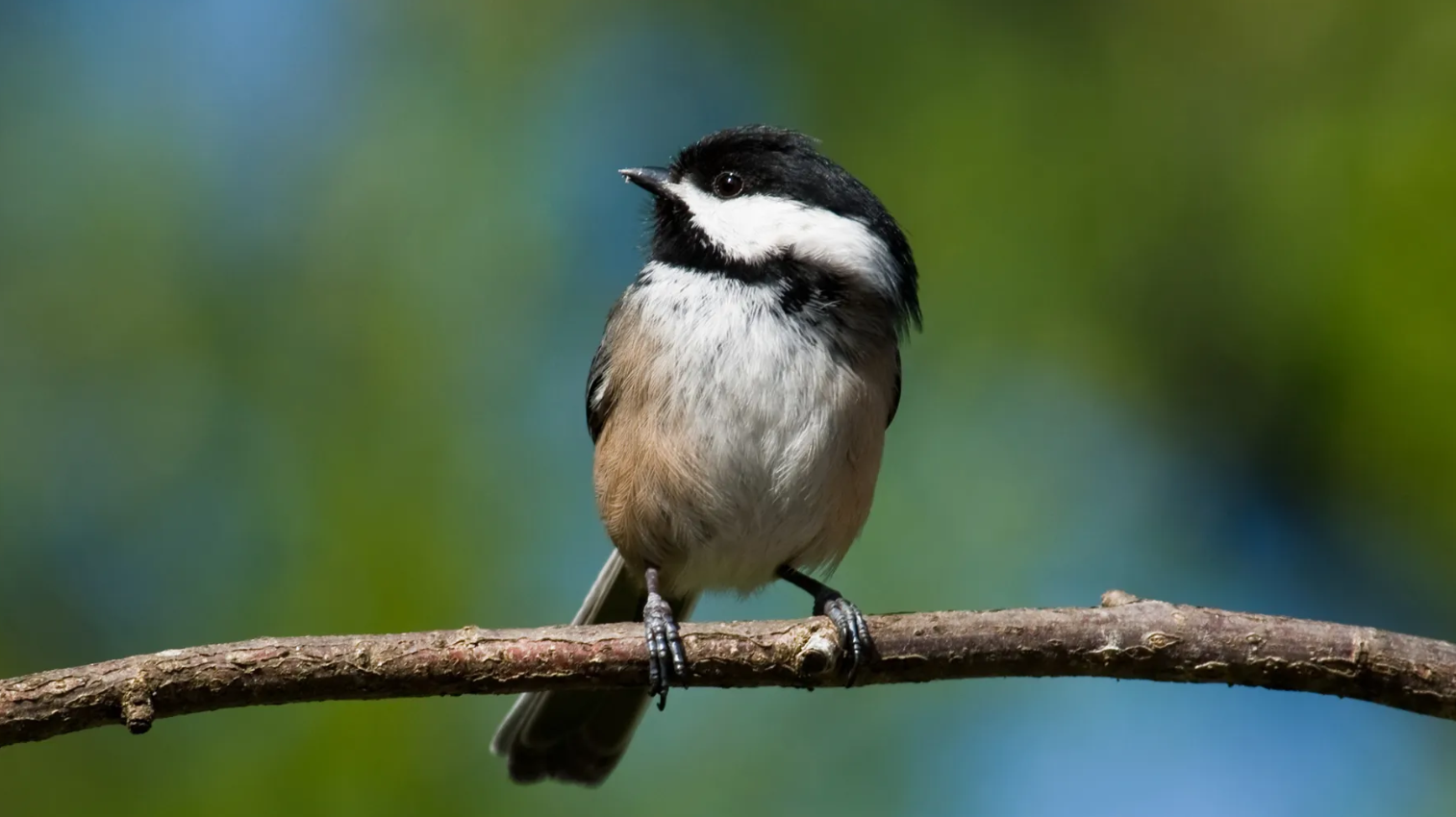
In Michigan, the Black-capped Chickadee is a standout among birds. It’s small, about 12 cm long, and easy to spot with its black head and bib, white cheeks, and gray body. These birds are lively and curious, thriving in forests and cities alike, making them common year-round residents. You’ll often hear their clear ‘chick-a-dee-dee-dee’ call. What’s really impressive is their memory; they can recall thousands of places where they’ve stored food.
American Crow
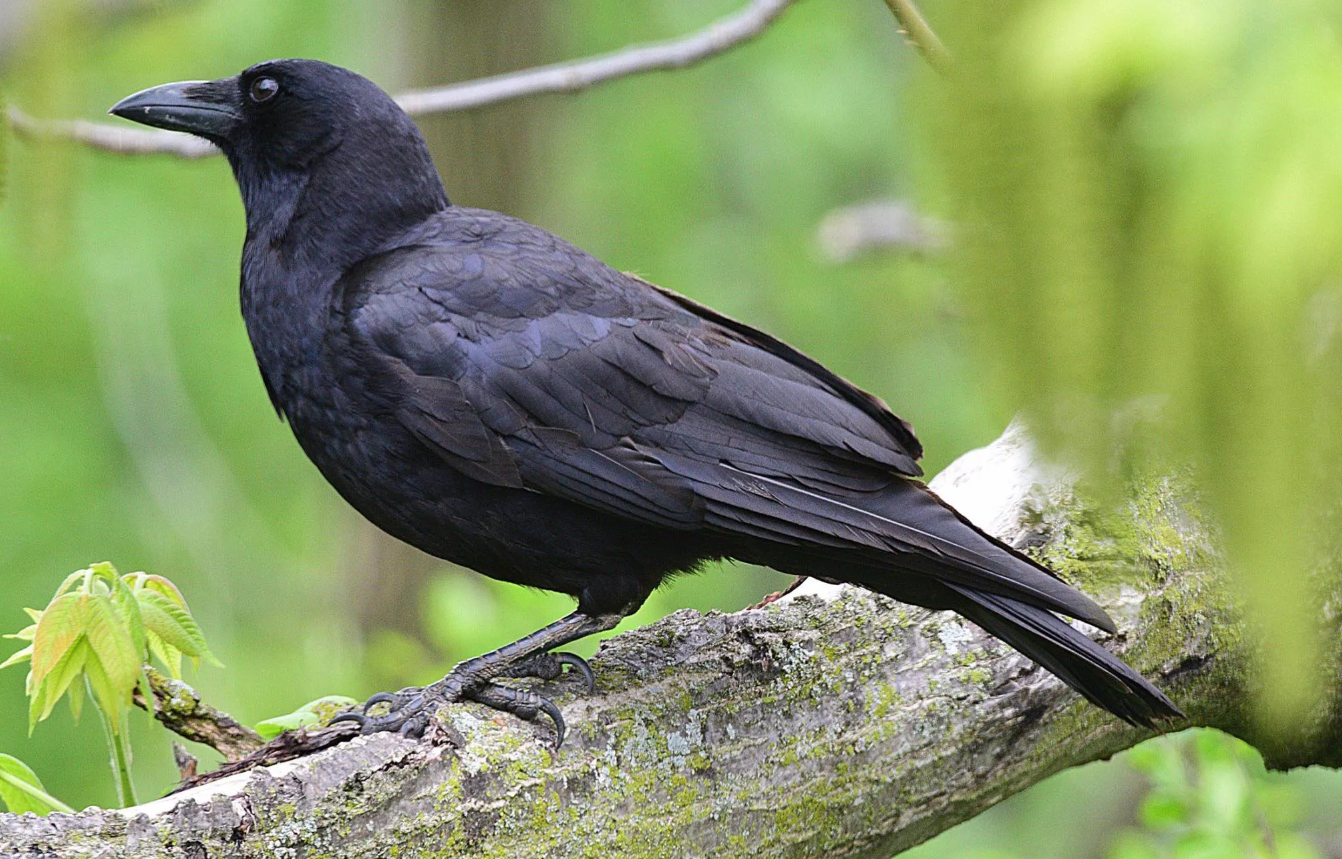
The American Crow is a medium-sized bird easily spotted throughout Michigan. It’s known for its shiny black feathers and smart behavior. These birds are about 17 to 21 inches long and thrive in both cities and the countryside. Crows are really clever. They can solve puzzles, use tools, and have a variety of calls to talk to each other.
Their diet is pretty diverse, eating anything from fruits and seeds to insects and small animals. This shows they’re good at finding food wherever they are. Crows are close to their family members and stick together in large groups, especially when it’s not breeding season. This shows just how smart and social they are.
Downy Woodpecker

Let’s talk about a unique bird in Michigan, the Downy Woodpecker. This bird is smaller than other black and white birds, about 6-7 inches long. It’s easy to spot with its black and white feathers. The males have a little red spot on the back of their heads. You can find them in forests, woodlands, and parks all over Michigan. They’re pretty versatile and can adapt to different places.
The Downy Woodpecker eats mainly insects, seeds, and berries. It uses its sharp beak to pull food from tree bark. Not just for finding food, pecking on trees also helps it talk to other woodpeckers.
White-Breasted Nuthatch

White-breasted Nuthatches are easy to spot in Michigan. They have black-capped heads and chunky bodies. You’ll notice their white chests and bellies, which really stand out against their blue-gray backs.
These birds have a cool trick: they can climb down tree trunks headfirst. This lets them find insects and seeds in the bark that other birds can’t reach. They live in Michigan all year, and they like forests and yards with big trees. You can hear their loud calls easily, and during the breeding season, you’ll see them working together to get their nests ready in tree holes.
Black-and-White Warbler
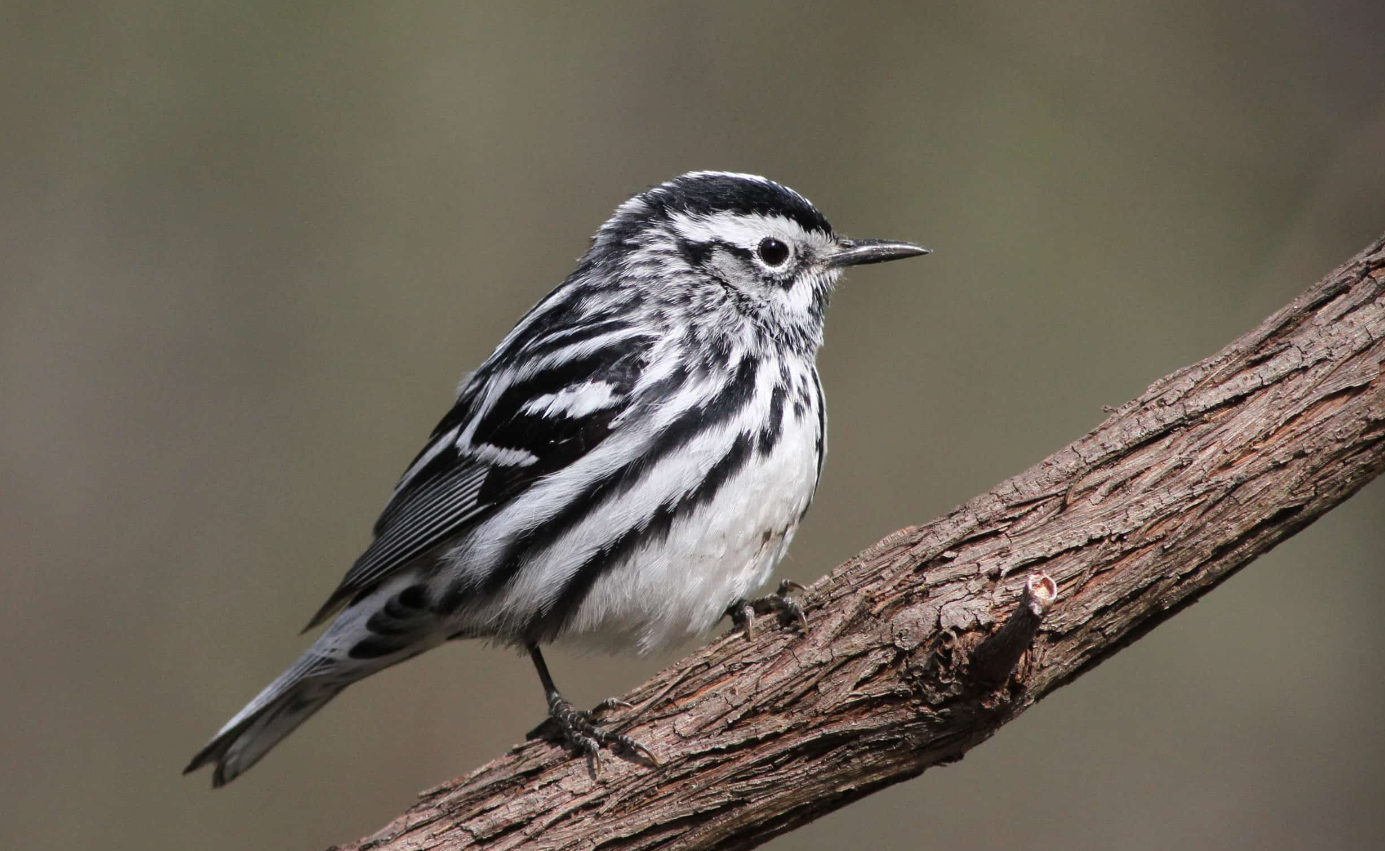
The Black-and-white Warbler is a standout bird in Michigan. It catches your eye with its bold, black and white stripes, almost like a zebra’s. But it’s not just its looks that make it special. Most warblers pick at leaves for food, but not this one. It acts more like a nuthatch, using its curved beak to pick at tree trunks and branches.
This bird also travels a lot. It spends its winters in Central America and then flies back to Michigan when it’s time to breed. They like to settle in big, old forests with lots of thick undergrowth. And if you listen closely, you can hear their unique call, which sounds kind of like a squeaky wheel.
Majestic Woodpecker
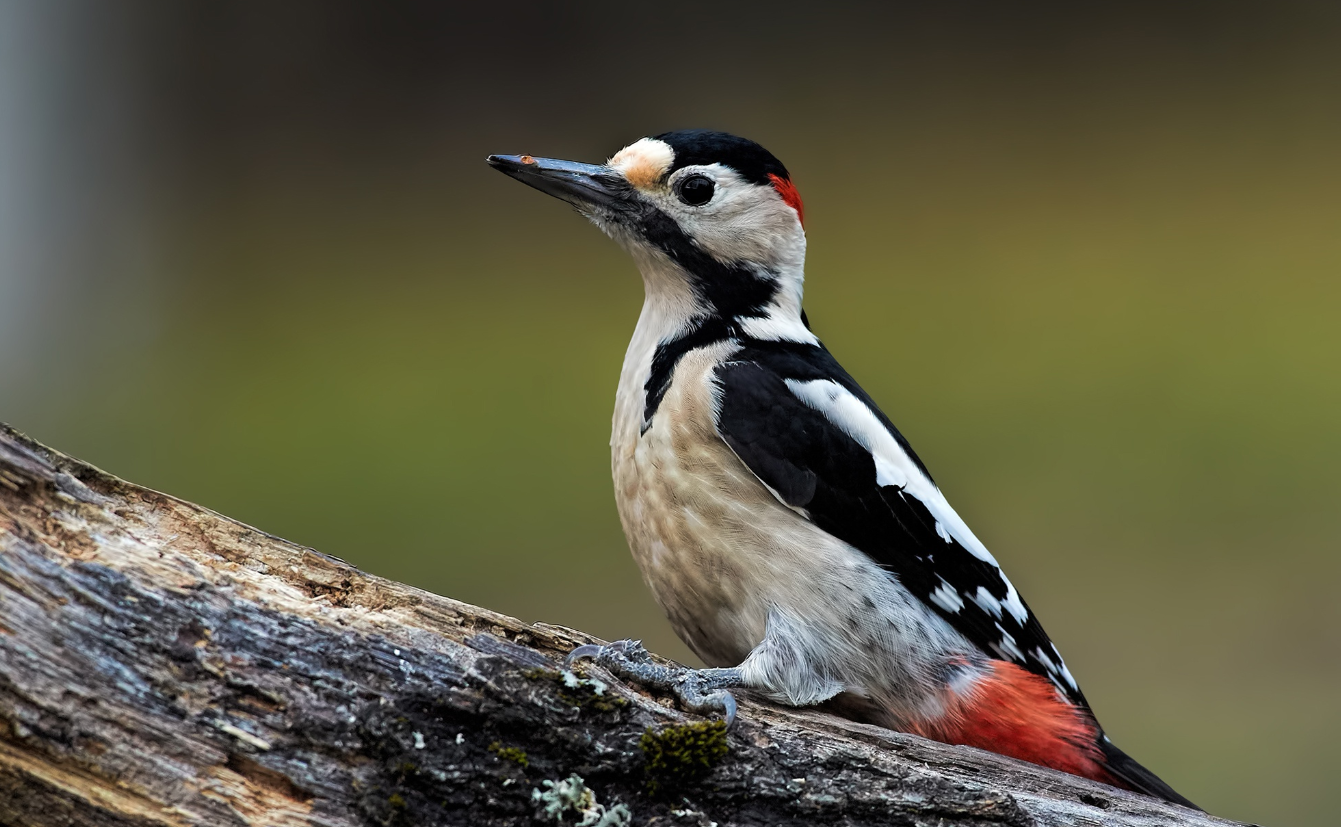
The Majestic Woodpecker stands out with its black and white feathers. It’s a common sight in Michigan, known for its agility. This small bird is great at climbing up and down tree trunks, and hunting for insects.
You can spot the males easily; they have a bright red spot on the back of their heads, especially visible during mating season. These woodpeckers are important for keeping pest numbers down, helping both forests and gardens in Michigan. They adapt well and live in many places, from dense forests to city parks.
Delicate Snow Bunting
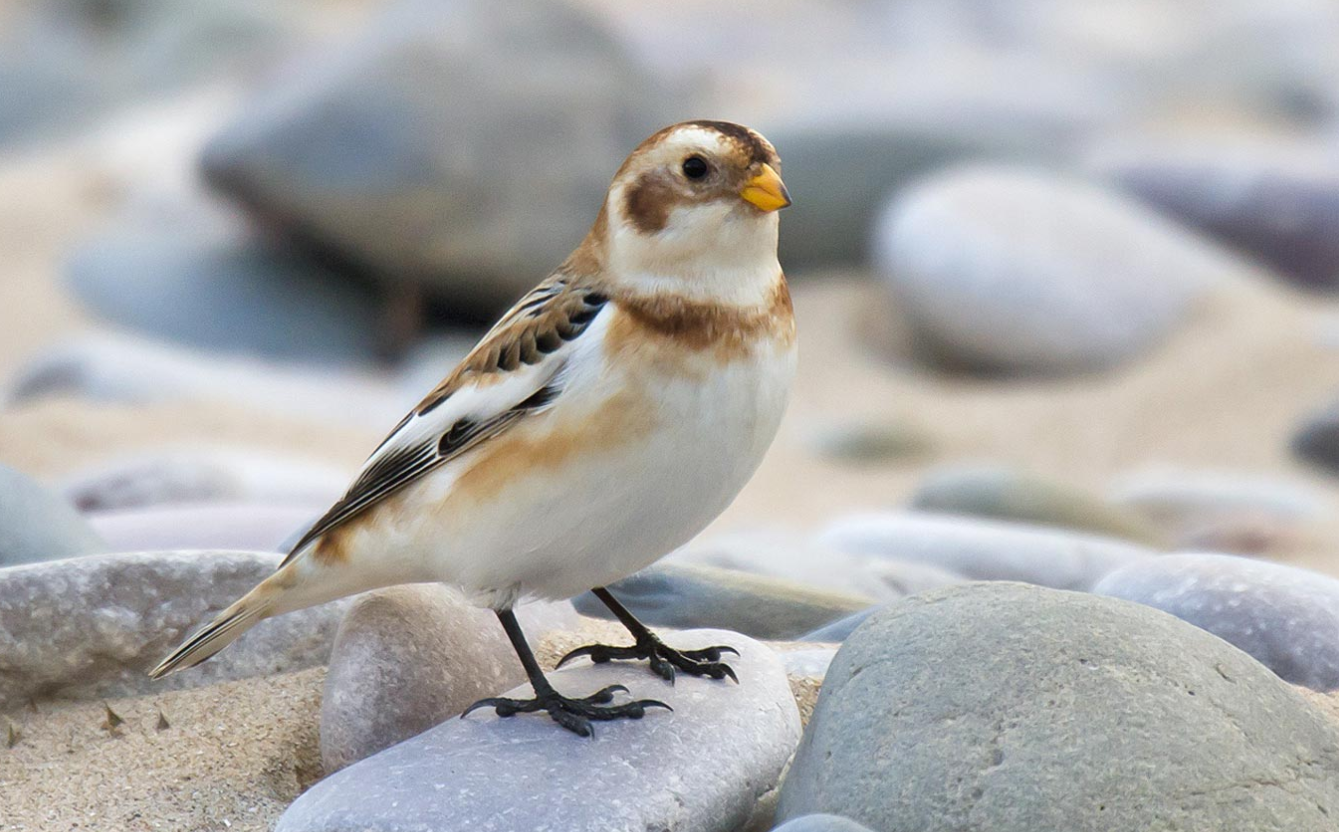
Snow buntings come to Michigan from the far north, where it’s even colder. Their black and white feathers stand out against the snow. Michigan is a perfect spot for them in winter. The males are mostly white with some black spots, while the females and young ones have a mix of gray, brown, and white. They like to eat seeds and bugs they find under the snow. Seeing snow buntings here shows how important Michigan is for birds that breed in the Arctic.
Dazzling Common Goldeneye

Common goldeneyes are striking birds, easily spotted in Michigan. These medium-sized ducks, with their bold black and white feathers, are a common sight on lakes and rivers during migration. The males are particularly eye-catching with bright yellow eyes and a glossy greenish-black head marked by a distinct white spot near their bill. Meanwhile, the females sport a simpler look with brown heads and gray bodies.
These ducks put on quite a show when it’s time to find a mate. They throw their heads back and make unique sounds, a display that’s always a hit with birdwatchers. Beyond their beauty and intriguing behavior, common goldeneyes are also impressive divers. They dive deep to snatch up underwater bugs, fish, and plants. Their ability to thrive in various water settings shows just how adaptable they are.
Graceful Eastern Kingbird

The Eastern Kingbird is a common sight in Michigan, easily spotted by its bold black and white colors. It’s mostly black with a striking white tip on its tail. These birds are pretty tough, often seen chasing away much bigger birds to protect their space. They like hanging out in open spots like fields or parks, perching high on trees or wires, and watching for insects. They’re great at snapping up bugs right out of the air.
When it’s time to raise their young, they build simple nests in trees and are very protective of their little ones. The presence of the Eastern Kingbird adds a lot to the variety of birds you can see in Michigan.
Melodious Blackpoll Warbler
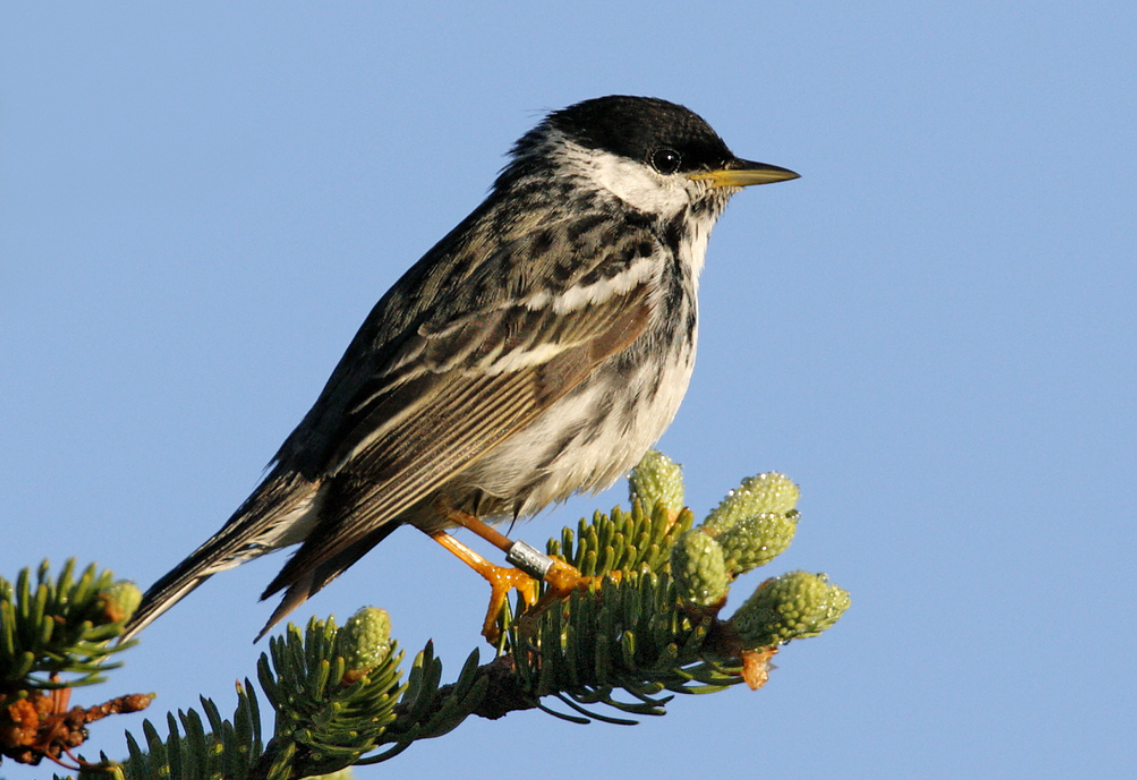
The Blackpoll Warbler is a small bird with striking black and white feathers and a noticeable white cheek patch. Every spring, it flies a long way from South America to Michigan. It prefers the dense treetops of forests and is easier to hear than see because of its high, quick song. Birdwatchers in Michigan look forward to seeing it each year. They admire its stamina and the clear, sweet sound of its song.
Charming Common Redpoll
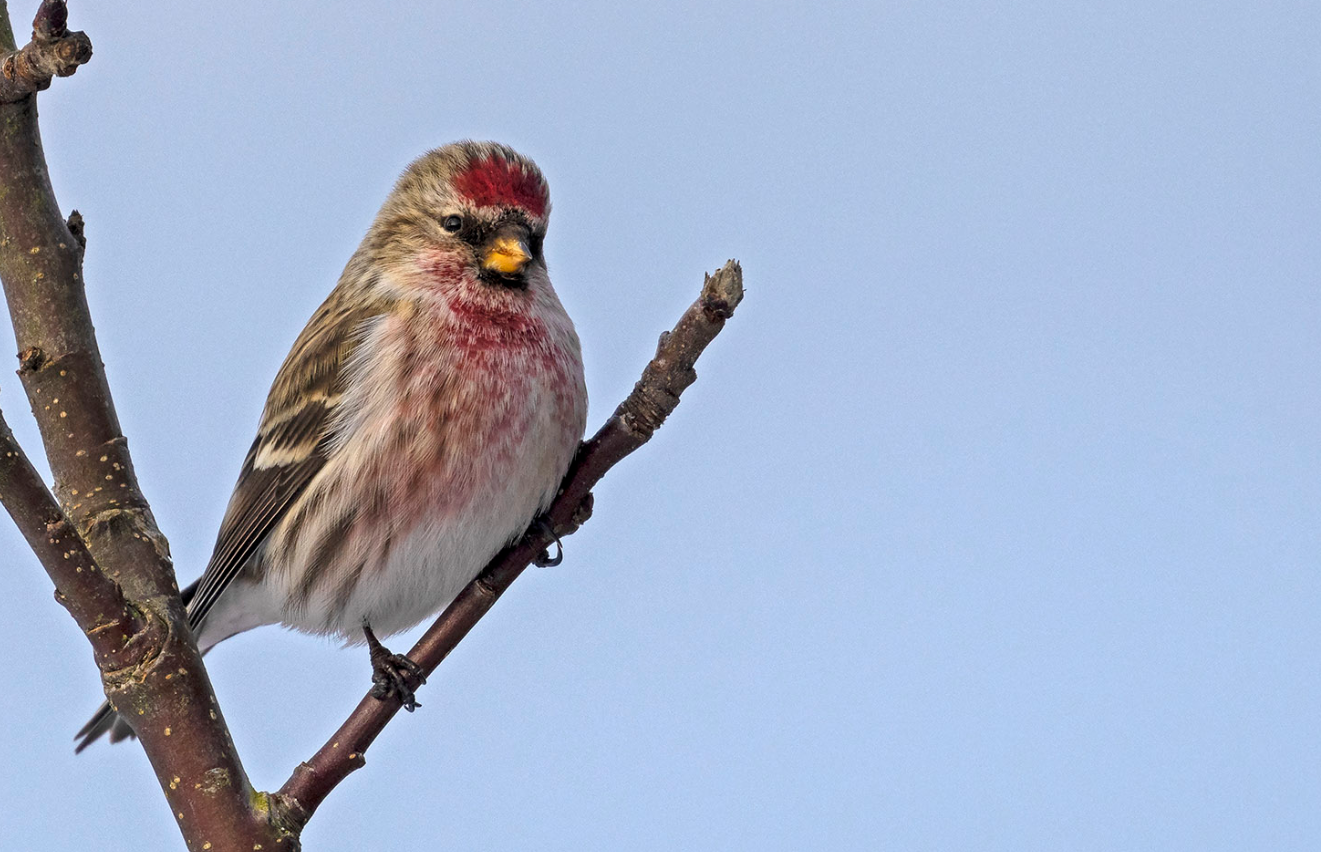
The Common Redpoll is a small, noticeable bird you can find in Michigan during winter. It has a bright red cap and a black chin, making it easy to spot. This bird has a body with brown and white streaks, and the red on its head really stands out.
Common Redpolls gather in groups and look for seeds in fields or at bird feeders. They’re tough little birds, able to save food in their throat pouch and even burrow into snow to keep warm at night. When you see these birds, their splash of color brightens the snowy scenes of Michigan, a real treat for anyone who likes watching birds.
Adorable Dark-Eyed Junco
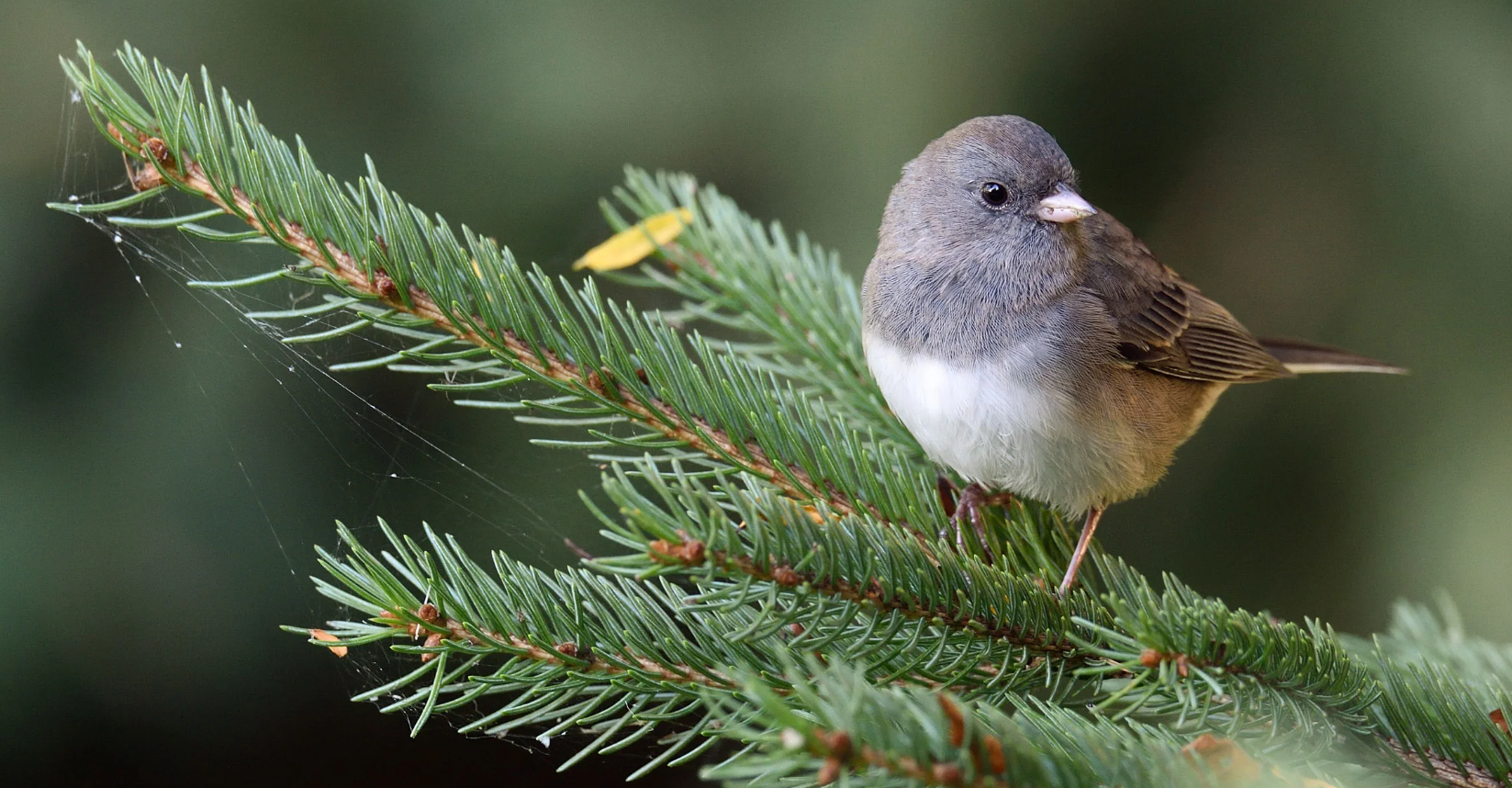
Dark-eyed Juncos are common in Michigan during winter. They have slate gray feathers and white bellies, making them easy to spot. These birds come from Canada and the western U.S. when it gets cold.
They fit right into Michigan’s snowy scenes, searching the ground for seeds and bugs. Bird watchers like them for their simple beauty and how they liven up the dull winter. You’ll often see groups of them in backyards and parks, hopping and fluttering around, which is fun to watch.
Intelligent Black-Billed Magpie
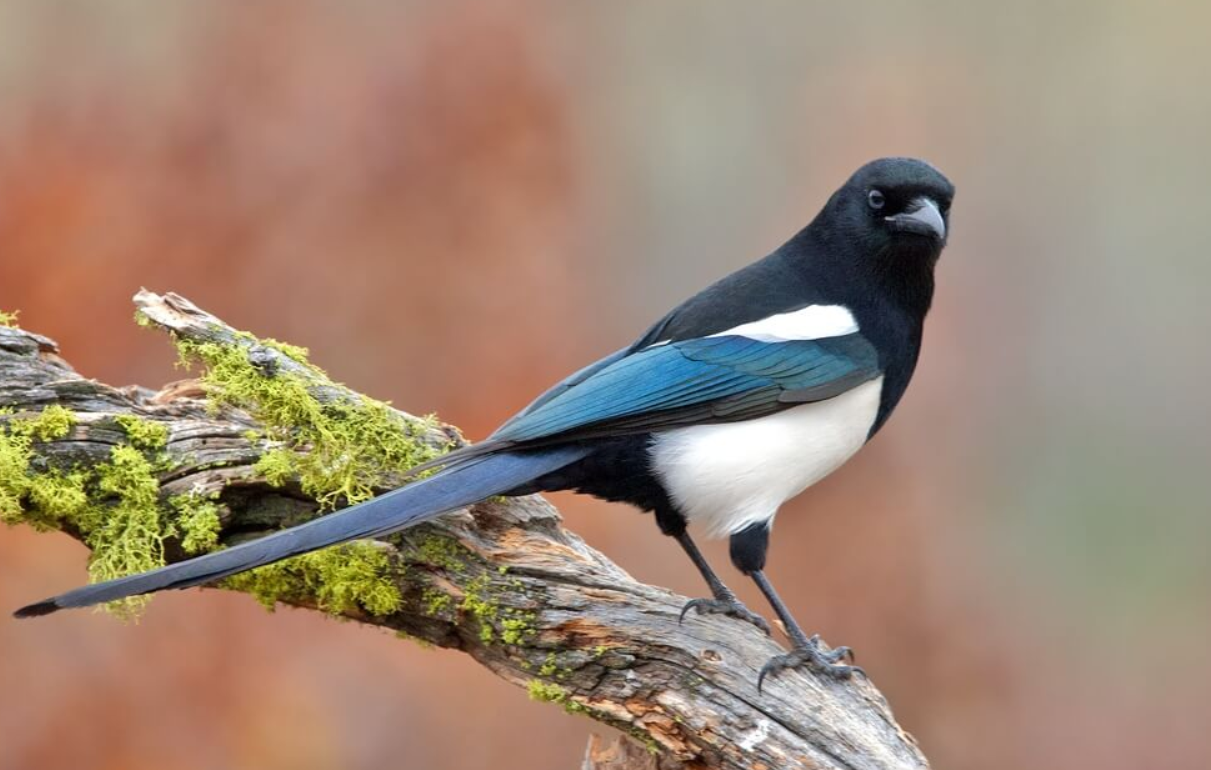
Did you know that the Black-billed Magpie is not just pretty with its black and white feathers and long tail, but it’s also one of the smartest birds in Michigan?
This bird is really clever. It can even recognize itself in a mirror, which is pretty rare for animals that aren’t mammals. They’re also great at working together and solving problems, which shows just how smart they are.
They adjust easily to new situations, proving they’re quick learners. This makes them interesting to watch and study, especially in Michigan where they live in different kinds of places. Their good looks and sharp brains make them truly standout birds.
Sociable Black-Capped Chickadee
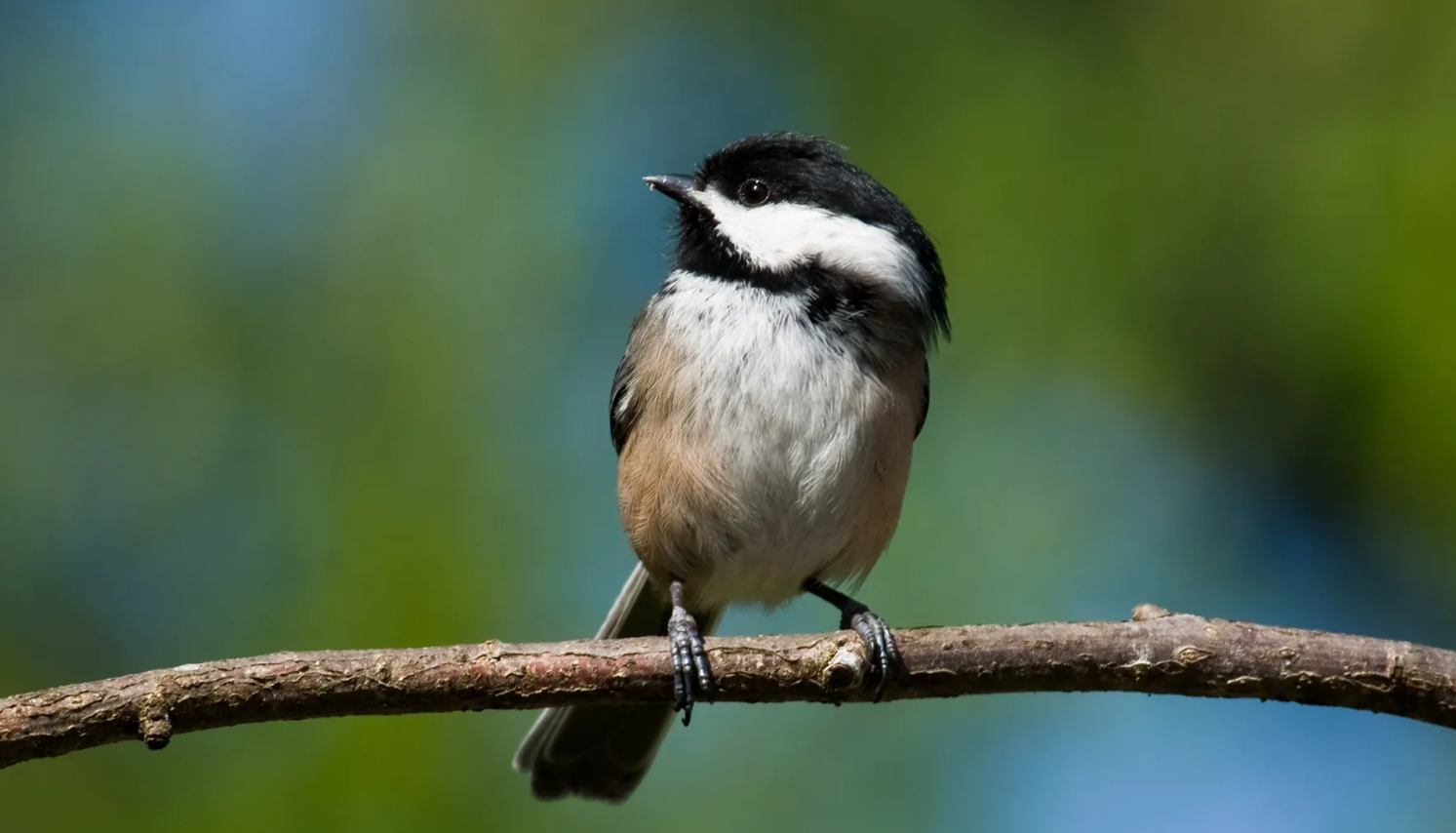
The Black-capped Chickadee is a common sight in Michigan, easily recognized by its black head and playful nature. This small bird is only about 12 cm long. It has white cheeks and a throat that stands out against its black cap and bib. The rest of its body is dark gray on the back and wings, and the belly is light gray or white.
These birds are known for being energetic and curious. They live in Michigan all year, making homes in forests, woodlands, and even city areas. They have a unique call that sounds like ‘chick-a-dee-dee-dee.’ It’s also pretty smart when it comes to finding the food stores it hides away, which helps it get through the winter.
Frequently Asked Questions
How Do Black and White Plumage Patterns Benefit These Birds?
Black and white feathers on birds mainly help them stay hidden from predators. These colors blend into the background, making it harder for enemies to spot them. Also, these patterns are crucial for birds to recognize each other and attract mates.
Which Black and White Bird Species Are Most Endangered in Michigan?
In Michigan, the Black-throated Blue Warbler is really struggling. The main problem? They’re losing their homes in eastern North America where they breed. We need to step up and help protect these birds.
What Are the Best Times of Year to Observe These Birds?
In Michigan, the ideal times to go birdwatching depend on the bird species, but you’ll see the most variety during the spring and fall migrations. This is when many birds pass through the area, including numerous black and white species.
How Do These Birds Interact With Other Species in Their Habitats?
In Michigan, you’ll find different black and white birds that interact with other wildlife in interesting ways. Sometimes, they help each other out, which we call a symbiotic relationship. Other times, they compete for food or space, which can really shape the local environment and the variety of life you see there.
Can These Birds Be Found in Urban Michigan Areas?
Yes, you can find many black and white birds like the Black-capped Chickadee and American Crow in Michigan’s urban areas. They often visit parks and backyard feeders.
Conclusion
Exploring the black and white birds in Michigan shows us how varied and interesting the bird life here is. We have birds like the lively Black-capped Chickadee and the clever American Crow, each playing its part in the local environment. Watching these birds helps us learn about their important roles and reminds us why we need to protect them.
As their homes face more risks, it’s crucial to keep working on conservation. Whether you’re a bird watcher or just enjoy seeing them now and then, Michigan’s black and white birds are a real treat. They show us how everything in nature is connected and why we must take care of our natural world so future generations can also enjoy these birds. Keep visiting Animals District for more bird information and details.

